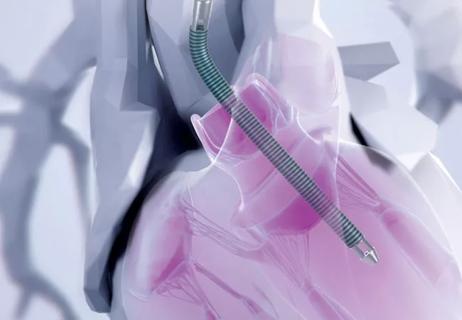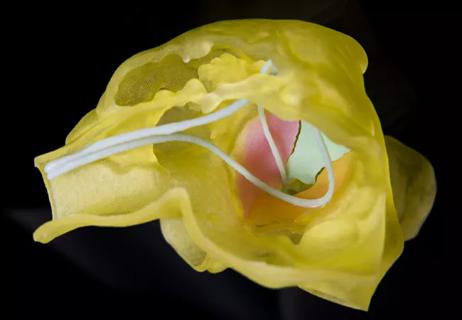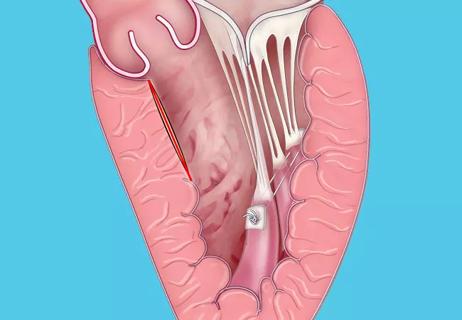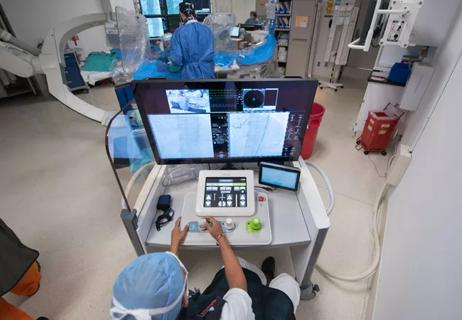Rerouting the intracardiac anatomy demands a 3-D-printed perspective
Three-dimensional (3-D) printing increasingly makes surgical repair possible for complex cases of congenital heart disease that would otherwise not be treatable.
Cleveland Clinic is a non-profit academic medical center. Advertising on our site helps support our mission. We do not endorse non-Cleveland Clinic products or services. Policy
In this short captioned video, Cleveland Clinic’s Chair of Pediatric and Congenital Heart Surgery, Hani Najm, MD, showcases the 3-D-printed heart replica of a 10-year-old with a failed Fontan circuit to illustrate how this technology enabled the visualization needed to facilitate rerouting of the intracardiac anatomy into two functioning ventricles.
Watch the video or read the transcript below.
This is a printed heart for a 10-year-old child who was born with congenitally corrected transposition of the great arteries and a double outlet right ventricle. So we see here the right atrium is connected with the left ventricle, and both great vessels come out of the right ventricle. This is the aorta, which is anterior, and the primary artery is posterior.
For the complexity of this lesion, the patient was routed for a univentricular heart in the form of an extracardiac Fontan circulation, where the IVC is hooked up to the right pulmonary artery and the SVC is hooked up to the right pulmonary artery, excluding the intracardiac repair.
Unfortunately, his Fontan circuit had failed, and he presented with protein-losing enteropathy. So the question was, could we convert this heart back into a biventricular repair by rerouting the inside of the heart into two functioning ventricles? The way to do this, in general, is something that’s called a double switch technique. In this particular patient, we were able to take that extracardiac conduit out, and through 3-D printing, we were able to see and open this. This is the real structure of his heart.
We saw that we can route the inferior vena cava into the tricuspid valve, and the pulmonary veins will drain into the mitral valve, which will be the left ventricle. Once we opened here, we were able to see and examine that this is the VSD, this would be routable to the aorta. So the left ventricle will eject through the VSD into the tunnel, and into the aorta.
We were only able to see that this is feasible with 3-D printing. The intracardiac anatomy is very difficult to see sometimes with only an echo, or other modalities, for that matter. This patient underwent reconstruction with a double switch technique, and he was discharged home with a two-functioning biventricular repair.

Patient-patient network analysis proves to be fast and clinically intuitive

How we’re using a new multidisciplinary approach to broaden the benefits of ablation

Models developed with promising accuracy and generalizability to clinical practice

Illustrated case series profiles a valuable tool for a rare and complex entity

Keys to success include a team-based approach and integration into clinical workflow

A minimally invasive, single-incision approach to two coexisting problems

New review outlines applications to date, hurdles to overcome

A long-overdue technology is poised to reshape practice